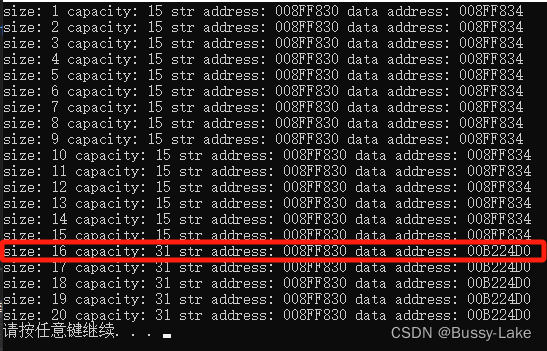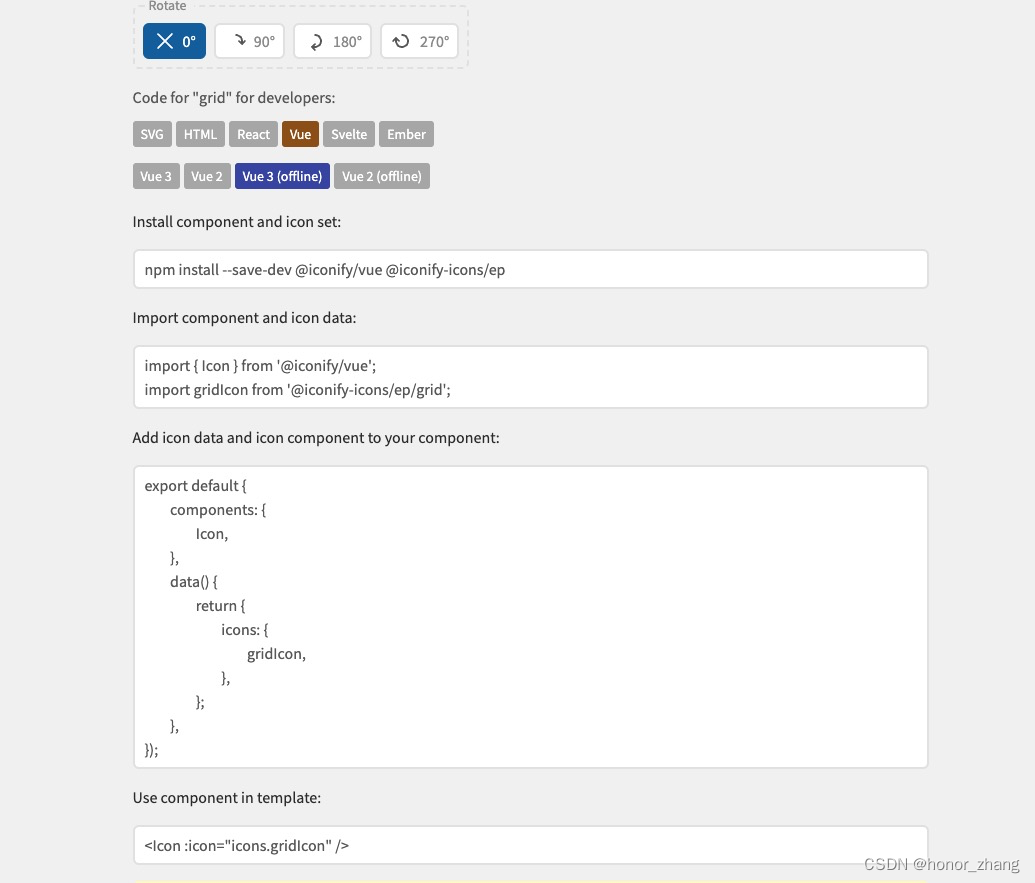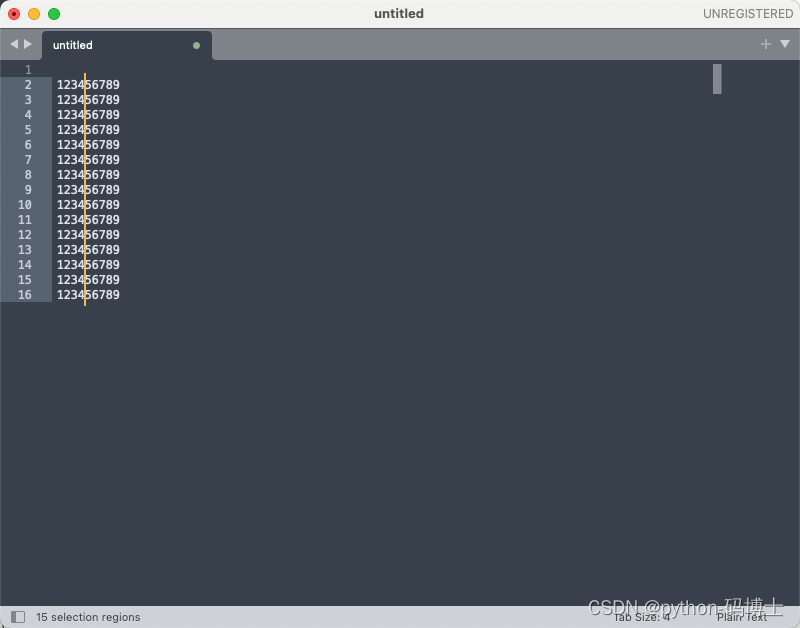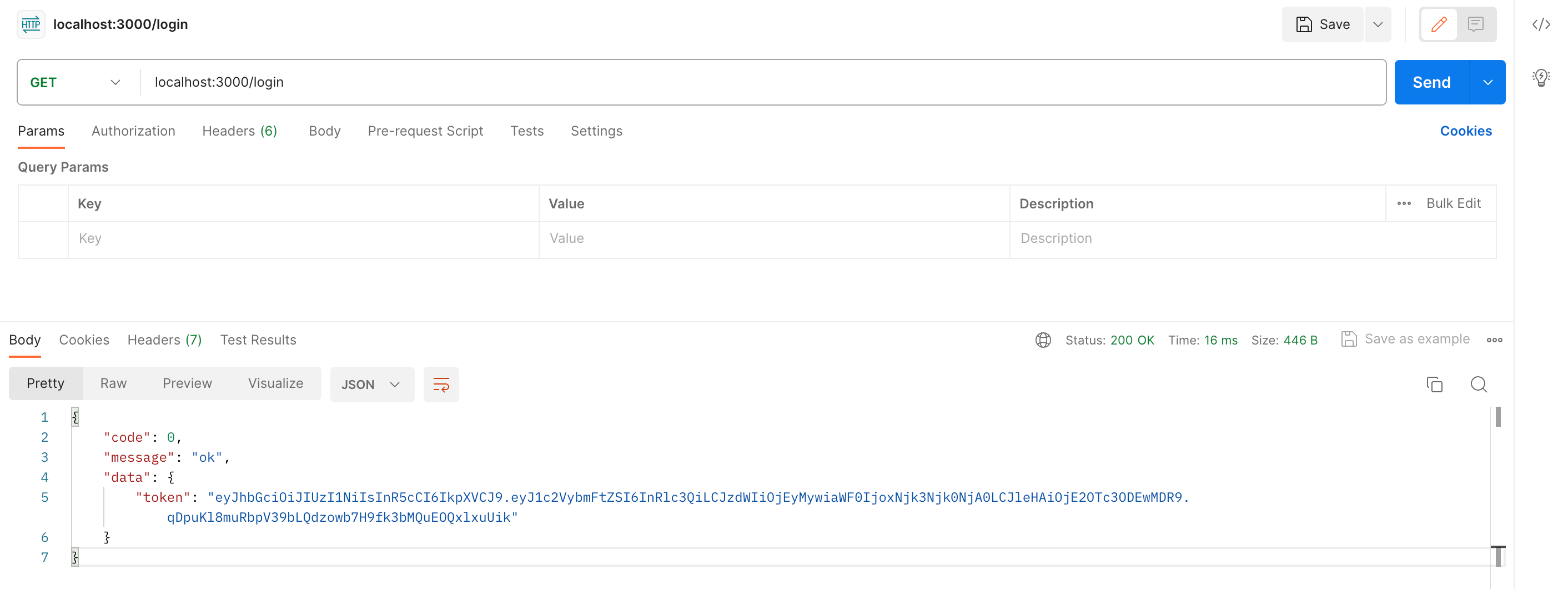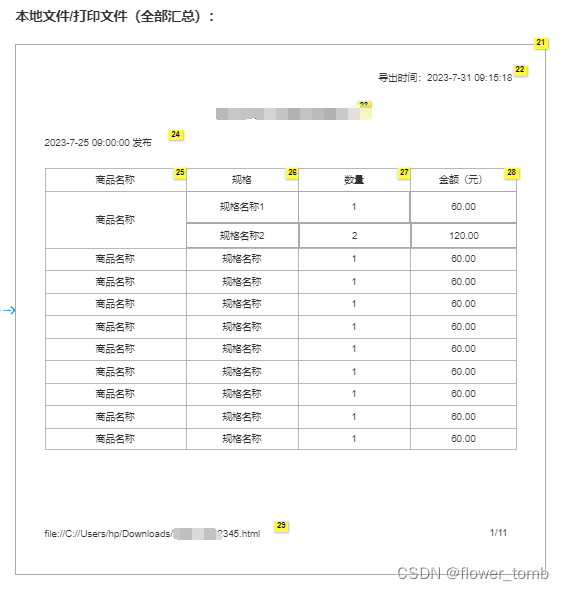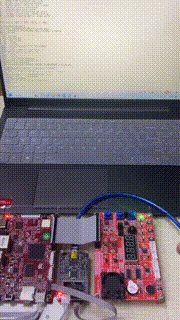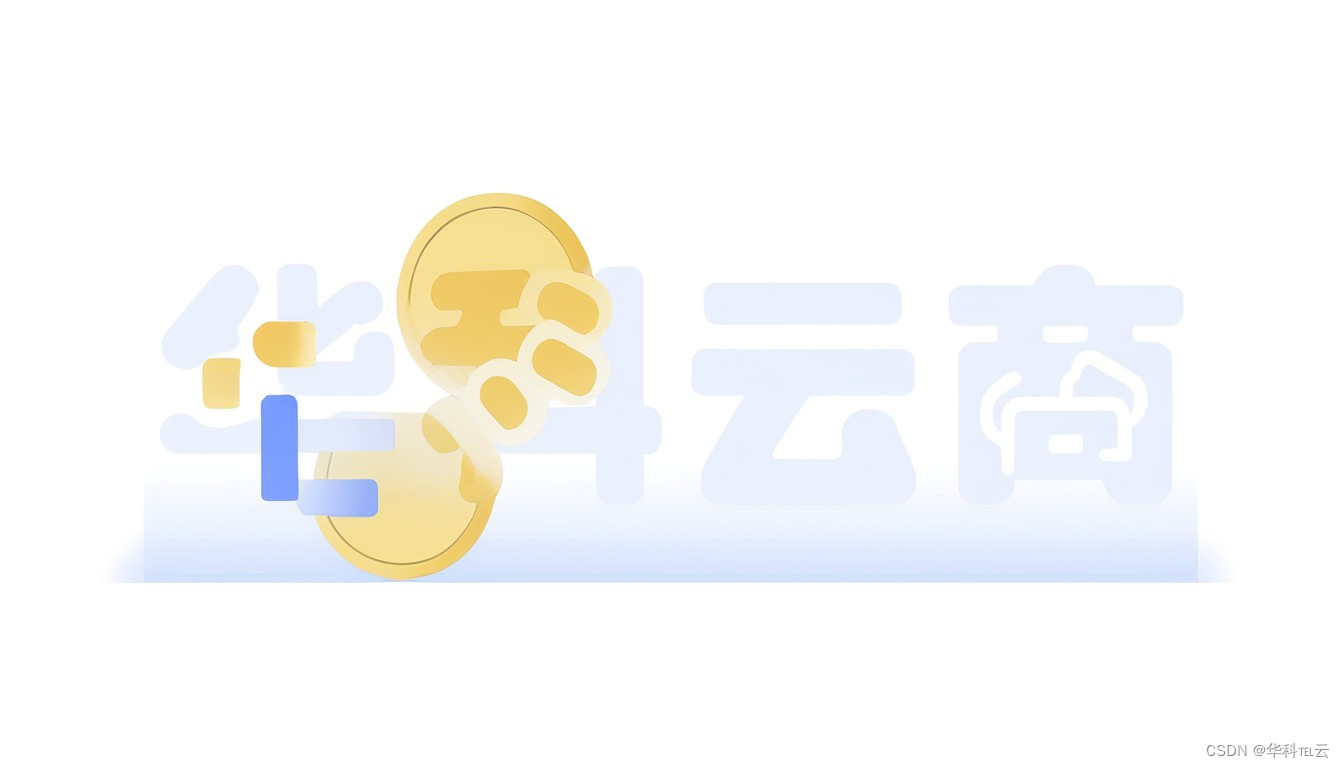通过trt 或者 openvino部署深度学习算法时,往往会通过opencv的Mat及算法将图像转换为固定的格式作为输入 openvino图像的前后处理后边将在单独的文章中写出 今晚空闲搜了一些opencv_cuda的使用方法,在此总结一下 前提是已经通过CMake将cuda和opencv重新编译好了C++库 参考:【基于opencv-cuda的常见图像预处理】
# include <opencv2/opencv.hpp> # include <opencv2/core/core.hpp> # include <opencv2/highgui/highgui.hpp> # include <opencv2/cudawarping.hpp> # include <opencv2/cudaarithm.hpp> # include <opencv2/cudaimgproc.hpp> # include <cuda_runtime_api.h> # include "NvInfer.h" # include <iostream> # include <assert.h> # include <string> # include <vector> void preprocessImage ( const std:: string& image_path, float * gpu_input,
nvinfer1:: Dims3& dims)
{
cv:: Mat frame = cv:: imread ( image_path) ;
if ( frame. empty ( ) )
{
std:: cerr << "failed to load image: " << image_path << "!" << std:: endl;
return ;
}
cv:: cuda:: GpuMat gpu_frame;
gpu_frame. upload ( frame) ;
auto input_width = dims. d[ 2 ] ;
auto input_height = dims. d[ 1 ] ;
auto channels = dims. d[ 0 ] ;
auto input_size = cv:: Size ( input_width, input_height) ;
cv:: cuda:: GpuMat resized;
cv:: cuda:: resize ( gpu_frame, resized, input_size, 0 , 0 , cv:: INTER_LINEAR) ;
cv:: cuda:: GpuMat flt_image;
resized. convertTo ( flt_image, CV_32FC3, 1.f / 255.f ) ;
cv:: cuda:: subtract ( flt_image, cv:: Scalar ( 0.485f , 0.346f , 0.406f ) , flt_image,
cv:: noArray ( ) , - 1 ) ;
cv:: cuda:: divide ( flt_image, cv:: Scalar ( 0.229f , 0.224f , 0.225f ) , flt_image, 1 , - 1 ) ;
cv:: cuda:: GpuMat rgb;
cv:: cuda:: cvtColor ( flt_image, rgb, cv:: COLOR_BGR2RGB) ;
std:: vector< cv:: cuda:: GpuMat> rgb_out;
for ( size_t i= 0 ; i< channels; ++ i)
{
rgb_out. emplace_back ( cv:: cuda:: GpuMat ( cv:: Size ( input_width, input_height) , CV_32FC1, gpu_input + i * input_width * input_height) ) ;
}
cv:: cuda:: split ( flt_image, rgb_out) ;
}
size_t getSizeByDim ( const nvinfer1:: Dims& dims)
{
size_t size = 1 ;
for ( size_t i = 0 ; i < dims. nbDims; ++ i)
{
size *= dims. d[ i] ;
}
return size;
}
int main ( )
{
std:: string image_path = "./turkish_coffee.jpg" ;
nvinfer1:: Dims3 input_dim ( 3 , 640 , 640 ) ;
auto input_size = getSizeByDim ( input_dim) * sizeof ( float ) ;
std:: vector< void * > buffers ( 1 ) ;
cudaMalloc ( & buffers[ 0 ] , input_size) ;
preprocessImage ( image_path, ( float * ) buffers[ 0 ] , input_dim) ;
cv:: cuda:: GpuMat gpu_output;
std:: vector< cv:: cuda:: GpuMat> resized;
for ( size_t i = 0 ; i < 3 ; ++ i)
{
resized. emplace_back ( cv:: cuda:: GpuMat ( cv:: Size ( input_dim. d[ 2 ] , input_dim. d[ 1 ] ) , CV_32FC1, ( float * ) buffers[ 0 ] + i * input_dim. d[ 2 ] * input_dim. d[ 1 ] ) ) ;
}
cv:: cuda:: merge ( resized, gpu_output) ;
cv:: cuda:: GpuMat image_out;
gpu_output. convertTo ( image_out, CV_32FC3, 1.f * 255.f ) ;
cv:: Mat dst;
image_out. download ( dst) ;
cv:: imwrite ( "../01_test_demo.jpg" , dst) ;
for ( void * buf: buffers)
{
cudaFree ( buf) ;
}
return 0 ;
}
原图与结果图: 下边通过一个trt demo展示一下后处理操作 源码实现如下: # include <iostream> # include <fstream> # include <NvInfer.h> # include <memory> # include <NvOnnxParser.h> # include <vector> # include <cuda_runtime_api.h> # include <opencv2/imgcodecs.hpp> # include <opencv2/core/cuda.hpp> # include <opencv2/cudawarping.hpp> # include <opencv2/core.hpp> # include <opencv2/cudaarithm.hpp> # include <algorithm> # include <numeric> struct TRTDestroy
{
template < class T >
void operator ( ) ( T* obj) const
{
if ( obj)
{
obj-> destroy ( ) ;
}
}
} ;
template < class T >
using TRTUniquePtr = std:: unique_ptr< T, TRTDestroy> ;
size_t getSizeByDim ( const nvinfer1:: Dims& dims)
{
size_t size = 1 ;
for ( size_t i = 0 ; i < dims. nbDims; ++ i)
{
size *= dims. d[ i] ;
}
return size;
}
std:: vector< std:: string> getClassNames ( const std:: string& imagenet_classes)
{
std:: ifstream classes_file ( imagenet_classes) ;
std:: vector< std:: string> classes;
if ( ! classes_file. good ( ) )
{
std:: cerr << "ERROR: can't read file with classes names.\n" ;
return classes;
}
std:: string class_name;
while ( std:: getline ( classes_file, class_name) )
{
classes. push_back ( class_name) ;
}
return classes;
}
void preprocessImage ( const std:: string& image_path, float * gpu_input, const nvinfer1:: Dims& dims)
{
cv:: Mat frame = cv:: imread ( image_path) ;
if ( frame. empty ( ) )
{
std:: cerr << "Input image " << image_path << " load failed\n" ;
return ;
}
cv:: cuda:: GpuMat gpu_frame;
gpu_frame. upload ( frame) ;
auto input_width = dims. d[ 2 ] ;
auto input_height = dims. d[ 1 ] ;
auto channels = dims. d[ 0 ] ;
auto input_size = cv:: Size ( input_width, input_height) ;
cv:: cuda:: GpuMat resized;
cv:: cuda:: resize ( gpu_frame, resized, input_size, 0 , 0 , cv:: INTER_NEAREST) ;
cv:: cuda:: GpuMat flt_image;
resized. convertTo ( flt_image, CV_32FC3, 1.f / 255.f ) ;
cv:: cuda:: subtract ( flt_image, cv:: Scalar ( 0.485f , 0.456f , 0.406f ) , flt_image, cv:: noArray ( ) , - 1 ) ;
cv:: cuda:: divide ( flt_image, cv:: Scalar ( 0.229f , 0.224f , 0.225f ) , flt_image, 1 , - 1 ) ;
std:: vector< cv:: cuda:: GpuMat> chw;
for ( size_t i = 0 ; i < channels; ++ i)
{
chw. emplace_back ( cv:: cuda:: GpuMat ( input_size, CV_32FC1, gpu_input + i * input_width * input_height) ) ;
}
cv:: cuda:: split ( flt_image, chw) ;
}
void postprocessResults ( float * gpu_output, const nvinfer1:: Dims & dims, int batch_size)
{
auto classes = getClassNames ( "imagenet_classes.txt" ) ;
std:: vector< float > cpu_output ( getSizeByDim ( dims) * batch_size) ;
cudaMemcpy ( cpu_output. data ( ) , gpu_output, cpu_output. size ( ) * sizeof ( float ) , cudaMemcpyDeviceToHost) ;
std:: transform ( cpu_output. begin ( ) , cpu_output. end ( ) , cpu_output. begin ( ) , [ ] ( float val) { return std:: exp ( val) ; } ) ;
auto sum = std:: accumulate ( cpu_output. begin ( ) , cpu_output. end ( ) , 0.0 ) ;
std:: vector< int > indices ( getSizeByDim ( dims) * batch_size) ;
std:: iota ( indices. begin ( ) , indices. end ( ) , 0 ) ;
std:: sort ( indices. begin ( ) , indices. end ( ) , [ & cpu_output] ( int i1, int i2) { return cpu_output[ i1] > cpu_output[ i2] ; } ) ;
int i = 0 ;
while ( cpu_output[ indices[ i] ] / sum > 0.005 )
{
if ( classes. size ( ) > indices[ i] )
{
std:: cout << "class: " << classes[ indices[ i] ] << " | " ;
}
std:: cout << "confidence: " << 100 * cpu_output[ indices[ i] ] / sum << "% | index: " << indices[ i] << "\n" ;
++ i;
}
}
int main ( int argc, char * argv[ ] )
{
if ( argc < 3 )
{
std:: cerr << "usage: " << argv[ 0 ] << " model.onnx image.jpg\n" ;
return - 1 ;
}
std:: string model_path ( argv[ 1 ] ) ;
std:: string image_path ( argv[ 2 ] ) ;
int batch_size = 1 ;
TRTUniquePtr< nvinfer1:: ICudaEngine> engine{ nullptr } ;
std:: vector< nvinfer1:: Dims> input_dims;
std:: vector< nvinfer1:: Dims> output_dims;
std:: vector< void * > buffers ( engine-> getNbBindings ( ) ) ;
for ( size_t i = 0 ; i < engine-> getNbBindings ( ) ; ++ i)
{
auto binding_size = getSizeByDim ( engine-> getBindingDimensions ( i) ) * batch_size * sizeof ( float ) ;
cudaMalloc ( & buffers[ i] , binding_size) ;
if ( engine-> bindingIsInput ( i) )
{
input_dims. emplace_back ( engine-> getBindingDimensions ( i) ) ;
}
else
{
output_dims. emplace_back ( engine-> getBindingDimensions ( i) ) ;
}
}
if ( input_dims. empty ( ) || output_dims. empty ( ) )
{
std:: cerr << "Expect at least one input and one output for network\n" ;
return - 1 ;
}
preprocessImage ( image_path, ( float * ) buffers[ 0 ] , input_dims[ 0 ] ) ;
context-> enqueue ( batch_size, buffers. data ( ) , 0 , nullptr ) ;
postprocessResults ( ( float * ) buffers[ 1 ] , output_dims[ 0 ] , batch_size) ;
for ( void * buf : buffers)
{
cudaFree ( buf) ;
}
return 0 ;
}
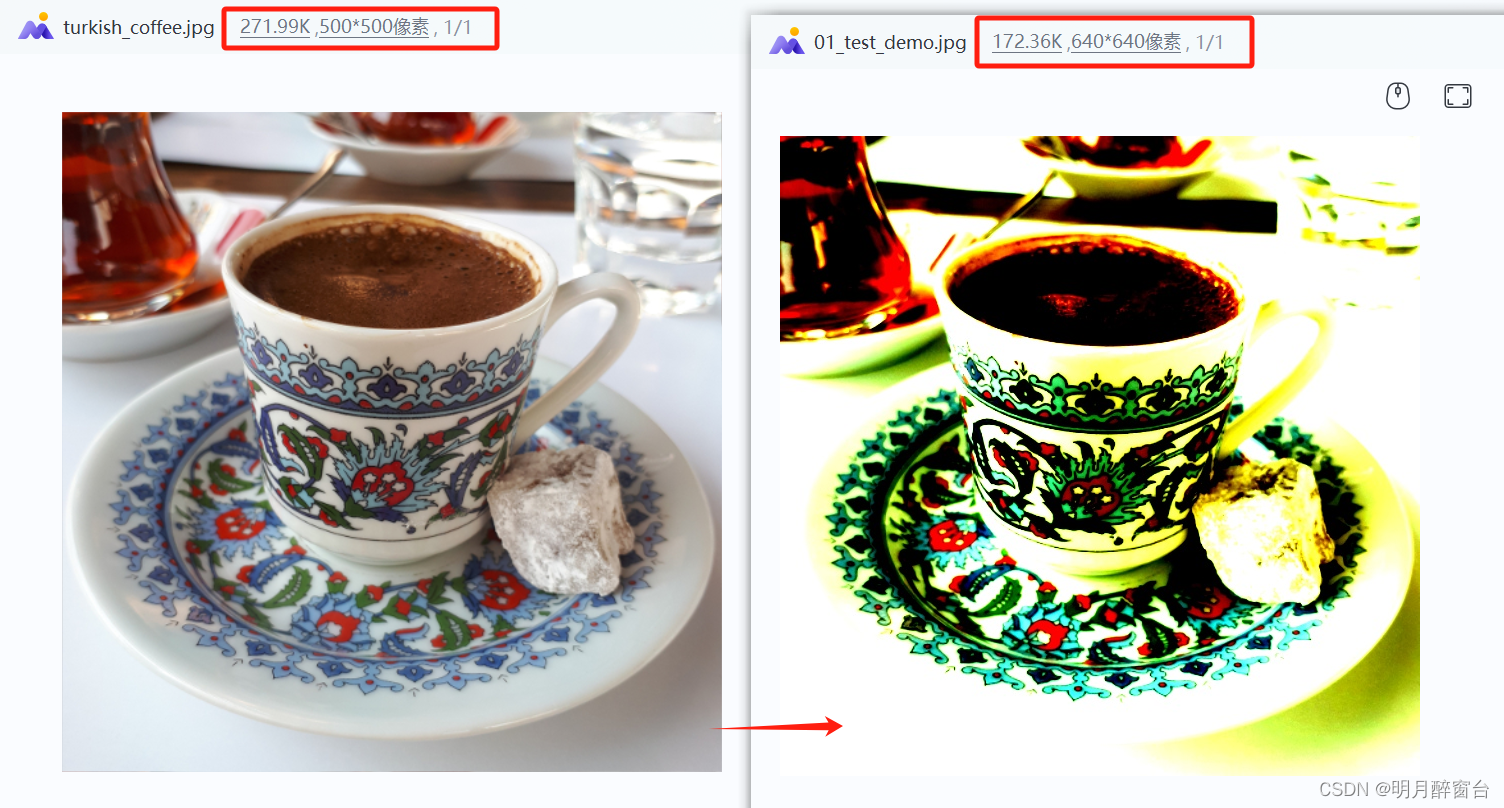

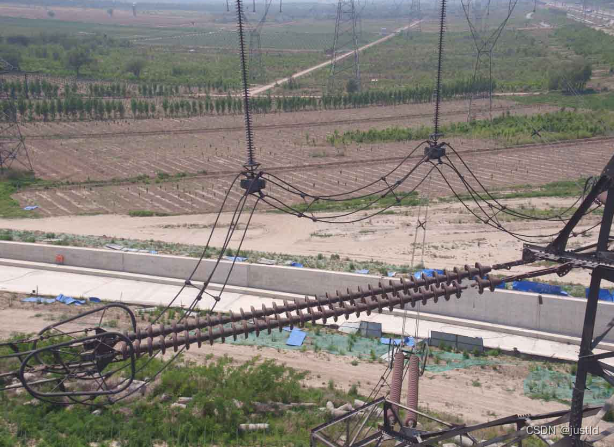


![概率论中的 50 个具有挑战性的问题 [第 6 部分]:Chuck-a-Luck](https://img-blog.csdnimg.cn/img_convert/d6fa4816e34e25896283d572da499b13.png)


